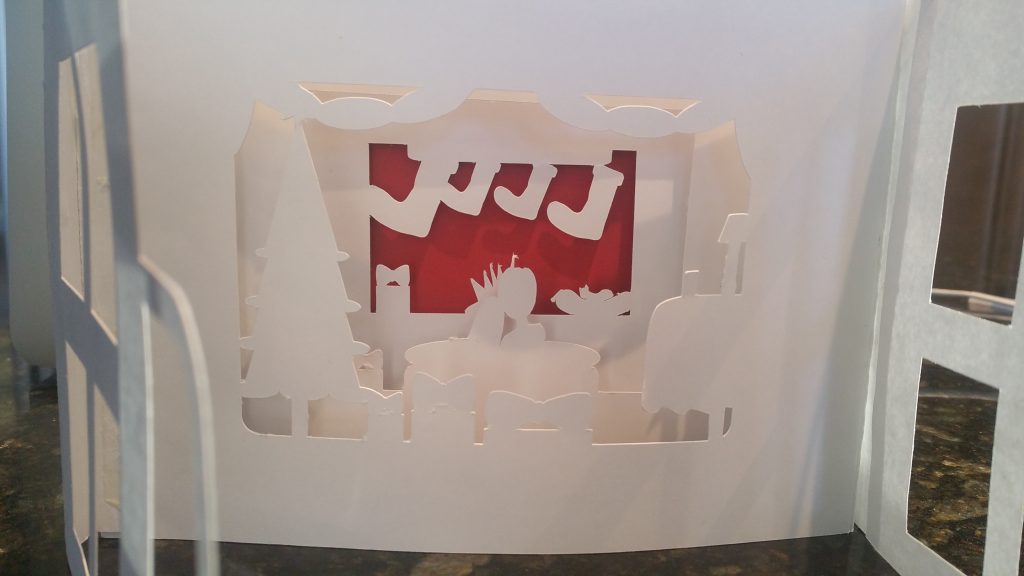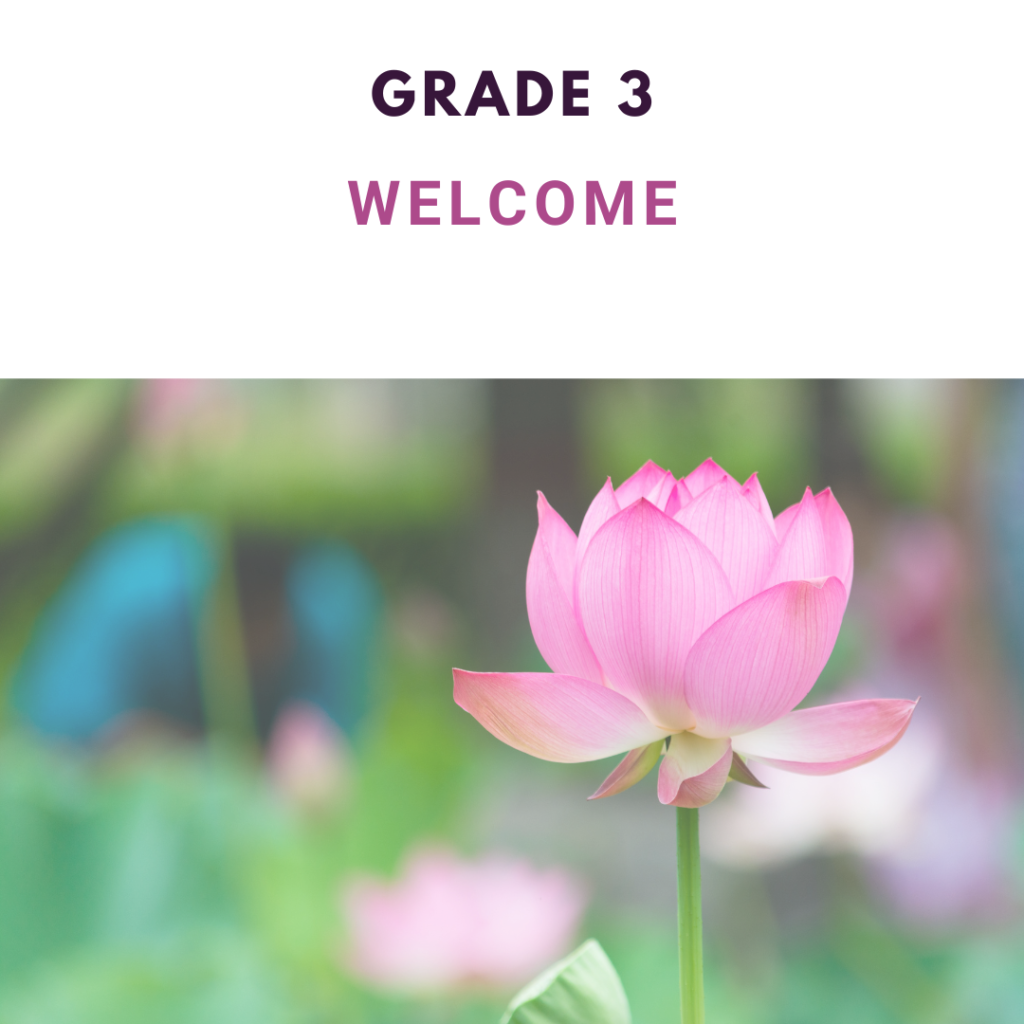
Introducing the principal theme
This lesson will focus on the importance that all the Manifestations of God have placed on developing a good and praiseworthy character. They have exhorted us to choose that which is good and to avoid that which is not worthy of a human being.
A person with a praiseworthy character is generous and kind to all
How does such a person behave?
We know a good character when we see someone perform “pure and goodly deeds”.
What does this mean?
What about the words we speak? Are they a sign of a good character? We know that we should always tell the truth, so telling the truth is a sign of good character.
Think about the nature of a kindly tongue, of wise words, of encouraging words, and so on.
How about good thoughts?
Of course, our thoughts affect the way we speak and act, and even though no one else is aware of them, they, too, must be good and pure. Mean thoughts about others, and thoughts that come from jealousy or pride, dim the light of a good character.
What should we do if any such thoughts come to our mind?”
We should oppose any such negative thoughts with stronger thoughts of goodness, love, and beauty.
Good character is one of the most precious gifts we can receive from God and, with good thoughts, good words, and good deeds, we radiate a light born of the love of God which helps to dispel darkness.
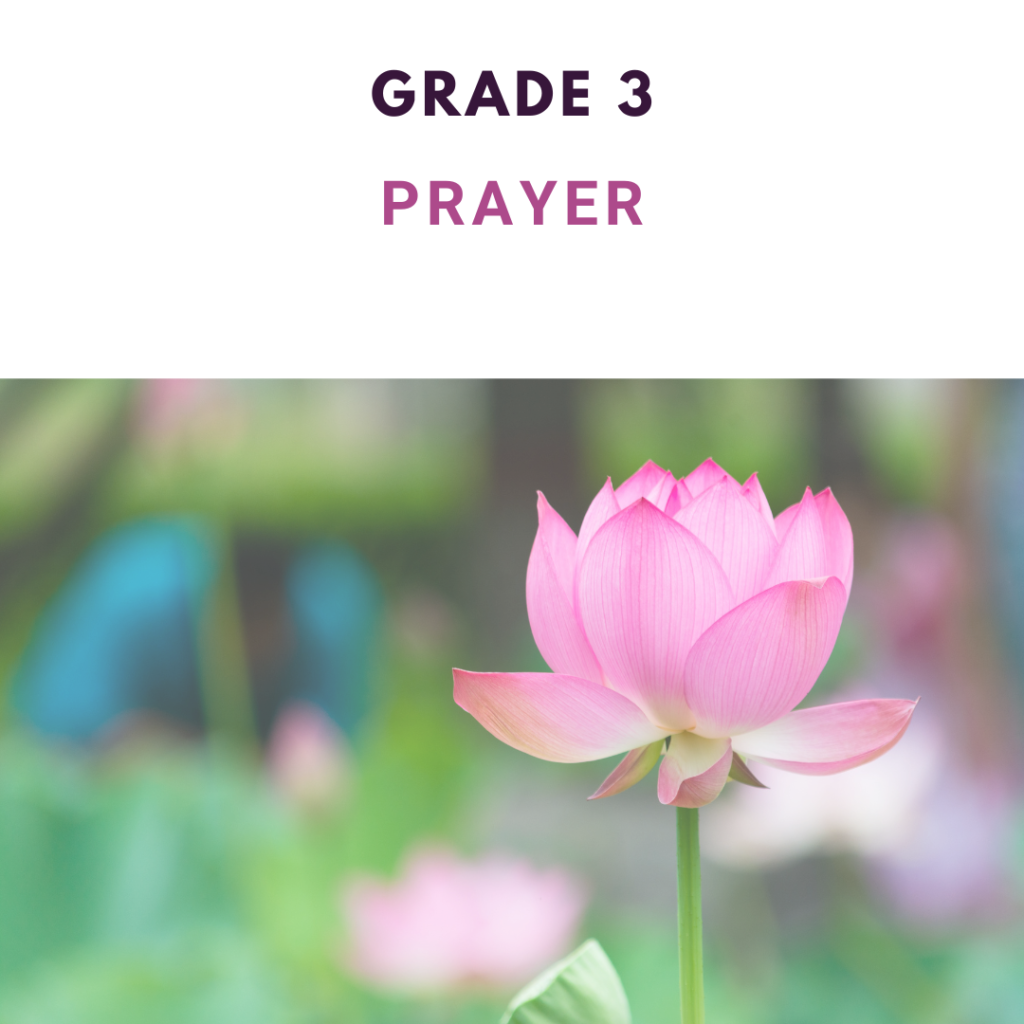
REMEMBER TO DOWNLOAD THE PDF TO HELP MEMORIZE THE PRAYERS FROM LESSON 4 IF YOU HAVE NOT ALREADY DONE SO!
SET 1
Glory be to Thee, O my God! Make manifest the rivers of Thy sovereign might, that the waters of Thy Unity may flow through the inmost realities of all things, in such wise that the banner of Thine unfailing guidance may be raised aloft in the kingdom of thy command and the stars of Thy divine splendour may shine brightly in the heaven of thy majesty. Potent art Thou to do what pleaseth Thee. Thou, verily, art the Help in Peril, the Self-Subsisting.
SET 2
I beseech Thee, O my God, by all the transcendent glory of Thy Name, to clothe Thy loved ones in the robe of justice and to illumine their beings with the light of trustworthiness. Thou art the One that hath power to do as He pleaseth and Who holdeth within His grasp the reins of all things, visible and invisible.
SET 3
I have wakened in Thy shelter, O my God, and it becometh him that seeketh that shelter to abide within the Sanctuary of Thy protection and the Stronghold of Thy defence. Illumine my inner being, O my Lord, with the splendours of the Dayspring of Thy Revelation, even as Thou didst illumine my outer being with the morning light of Thy favour.
SET 4
O my God, my Master, the Goal of my desire! This, Thy servant, seeketh to sleep in the shelter of Thy mercy, and to repose beneath the canopy of Thy grace, imploring Thy care and Thy protection. I beg of Thee, O my Lord, by Thine eye that sleepeth not, to guard mine eyes from beholding aught beside Thee. Strengthen, then, their vision that they may discern Thy signs, and behold the Horizon of Thy Revelation. Thou art He before the revelations of Whose omnipotence the quintessence of power hath trembled. No God is there but thee, the Almighty, the All-Subduing, The Unconditioned.
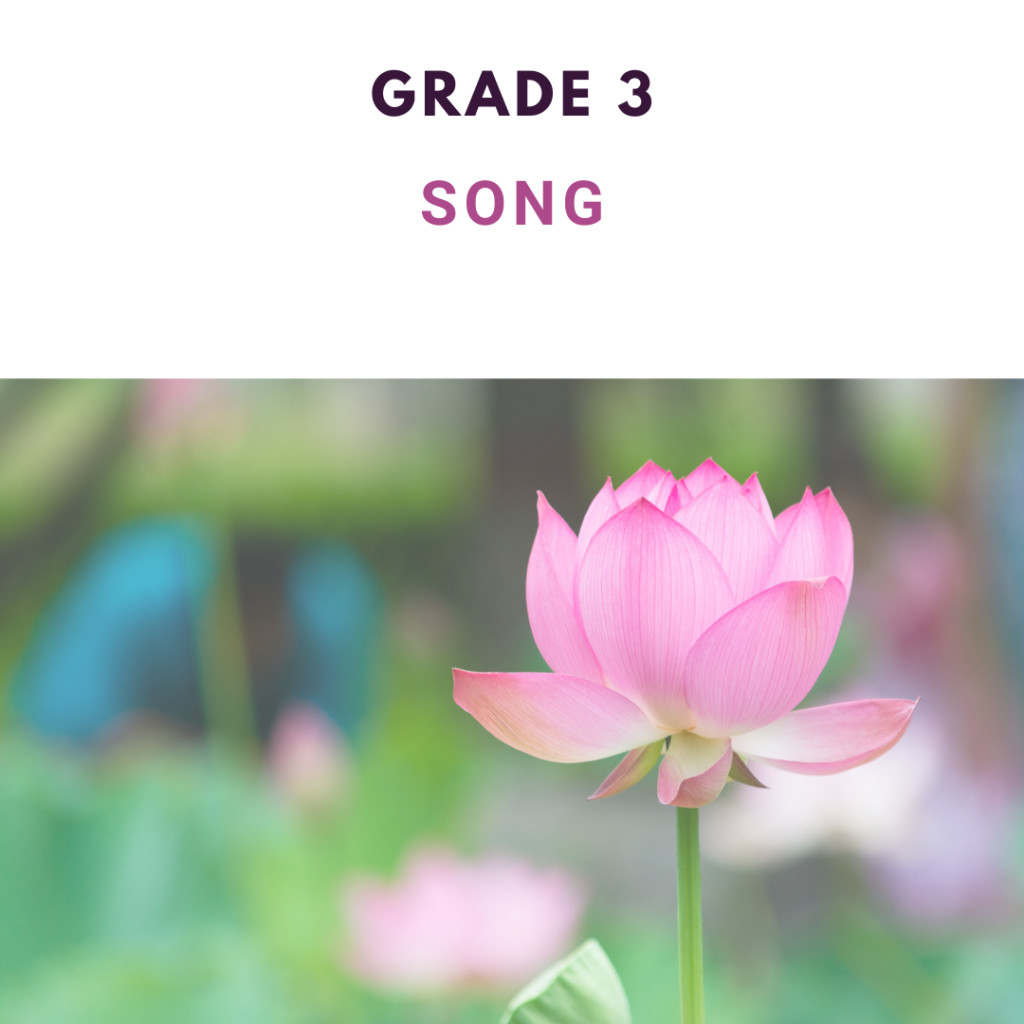
STRIVE THAT YOUR ACTIONS
ONE TREE

Bahá’u’lláh tells us that the light of a good character is more powerful than the light of the sun.
A good character is, verily, the best mantle for men from God. With it He adorneth the temples of His loved ones. By My life! The light of a good character surpasseth the light of the sun and the radiance thereof.
Tablets of Bahá’u’lláh Revealed After the Kitáb-i-Aqdas
MEANING OF WORDS
USE THE WORKSHEET
For any words you are not sure of record and save them in your notebook/lapbook Download them here
SEND A POSTCARD WITH THE QUOTE TO A FRIEND PRINT OR EMAIL

The story has a historical component to give some background content.
In this lesson, we will learn about the life and Mission of Zoroaster, and an overview and selected stories are provided here for your study and narration in the usual way.
Some three thousand years ago Zoroaster appeared among the people of ancient Persia. At the time, the people of that land, like those among whom Abraham and Krishna appeared, worshipped elements of nature, such as the earth, the sun, and fire. You remember that, so many thousands of years ago, humanity was still learning about the oneness of God, and people sometimes lived in such awe of the powers of nature that they took the sun, the moon, and the stars, for example, as their gods.
They prayed to them and tried to please them, hoping to win their favor and receive their protection. In those days, violence was widespread in Persia. The people lived in settlements, each with its own king. These small kingdoms were constantly at war with one another, and bands of raiders roamed the land, attacking homes, killing families, and stealing whatever they could. It was to educate and guide these people that God sent them His Manifestation.
At the age of twenty, Zoroaster withdrew from the tumult of the world and spent a period alone in the mountains, where He prayed and meditated. He received God’s Revelation ten years later, at the age of thirty. Standing by the River Avetak, He had the first of seven visions in which God revealed to Him the Mission with which He was entrusted, to transform the character of the Persian people and bring prosperity to them. Zoroaster began to teach them about the importance of “good thoughts, good words, and good deeds”, but for ten years no one would listen. Then finally His cousin accepted His Message, and he traveled with Zoroaster and assisted Him in spreading His teachings. Eventually, a king by the name of Vishtaspa embraced the new Faith, and he helped the people of his land to recognize the truth. Over time, as they began to live in accordance with Zoroaster’s guidance, they were transformed and the warring kingdoms united, forming a great nation that grew in prosperity.
Zoroaster, like Abraham, withstood all the forces arrayed against Him and proclaimed the oneness of God, bringing His teachings to the people and transforming hearts. Human capacity to choose between right and wrong is central to the narrative below, and we should gain at least some degree of understanding that God gives every individual the choice to move towards that which is good or to go the opposite way.
The words and deeds of Zoroaster are recorded in a Holy Book called the Avesta, which means “knowledge”.
story 1
Zoroaster’s family belonged to a group of farmers that lived close to a river in the small kingdom of Medea, in the northwestern part of ancient Persia. They cared for cattle and horses and cultivated crops. His father was of noble lineage, and it is said that His mother was visited by angels while she was carrying Him. Zoroastrian tradition tells us that, when Zoroaster was born, a new star appeared in the sky, and all the surroundings were illuminated as if encircled in a ring of fire. The world of creation seemed to be filled with happiness, and the Newborn laughed.
Not much is known about Zoroaster’s early life, but it is thought that He trained to be a priest from a young age. Priests, in those days, made offerings to the many gods that the people imagined were in control of the universe. They carried out rites and rituals that everyone believed were required to make these false gods happy. But, by the time Zoroaster was about twelve years of age, He started to question openly the beliefs of the people around Him, participating in discussions with elders during which He demonstrated extraordinary wisdom and understanding. It seems that, already as a young person, He had begun to commune with God, and His heart and mind were filled with Divine attributes, such as knowledge and power, truth and light.
Zoroaster probably completed His training around the age of fifteen or so, when He went out in search of the truth. A wanderer, He witnessed the violence of warring kingdoms and the injustices suffered by peaceful communities. He longed to establish justice, order, and tranquility and to help the people live good lives. At the age of twenty, Zoroaster was guided by God to a quiet, secluded place in the mountains, where He prayed and meditated, devoting Himself to spiritual purification.
According to tradition, Zoroaster was thirty years old when He received God’s Revelation. On the banks of the River Avetak, He had a vision of a great shining being, the archangel of good thought, who led His soul into the presence of five other archangels and then to the presence of God. The teachings He was called upon to spread among the people were revealed to Him, and He saw clearly how the future would be brightened by the new Faith He would establish. On six further occasions, He had visions in which the fullness of His Mission was made known to Him.
Zoroaster then set out to teach His Message. In one hand He held a burning torch which symbolized the light of God, and in the other, He held a staff made from the wood of a cypress tree, which symbolized the holiness of God and the strength and prosperity that His teachings would bestow. He taught that every individual is a creation of one God and that every human being should therefore be treated with care and kindness. He explained that all must choose between good and evil. To choose that which is good meant three things: good thoughts, good words, and good deeds. Upright character and praiseworthy actions, like rays of light that chase away the darkness, would overcome evil and make peace and prosperity possible.
Zoroaster taught God’s Message with fervor and zeal, but no one would listen. He was rejected and ridiculed. Priests and kings, common people, and members of His own family—all refused to heed His words. Finally, after ten years, Zoroaster’s cousin accepted the truth of His Message. He became the first follower of the new Faith and accompanied Zoroaster during His travels, helping Him to proclaim the teachings of God.
STORY 2
Sometime after His cousin accepted His Message, Zoroaster visited the court of one of the Persian kings, Vishtaspa, who, though a good man, had allowed the priests in his realm to become very powerful. They were angry to think the king would take even a moment to listen to Zoroaster. Of course, they were really worried that, if the king accepted the truth of Zoroaster’s Message, there would be no need for their rites and rituals and they would lose their power. The story is told that Zoroaster entered the royal court with dignity, wearing a shining white robe and carrying a bowl of flames as a symbol of God’s warm and purifying love. The king was seated on the throne, with his wife the queen, and the princes of the realm beside him. Guards, priests, and other subjects filled the court. Zoroaster told Vishtaspa to use his own ears, his own eyes, and his own mind to understand that God had given everyone the capacity to know right from wrong and to choose to do good. By following God’s teachings, He explained, Vishtaspa could bring prosperity to his kingdom.
Having delivered His Message to the king, Zoroaster was then questioned by the wise men and priests of the court. Thirty-three questions were put to Him, and each He answered with great eloquence. Everything in the court was affected by Zoroaster’s words, galvanized by the love of God. The walls seemed to vibrate, the animals moved about happily, and even the dance of the flames in the fireplaces seemed livelier than ever before. The hearts of the people were also touched, filled with love and joy. Vishtaspa, too, was deeply affected by Zoroaster’s words and asked Him to return the next day, and again the next. Zoroaster continued to demonstrate His knowledge and wisdom, and the priests grew more and more jealous. So they plotted against Him. They went to His room and filled it with bones, nails, hair, heads, and tails of cats and dogs— the things of witchcraft. When Vishtaspa heard what had been found, he accused Zoroaster of being a sorcerer and, at the prompting of his priests, commanded that He be locked in an underground dungeon and left there to starve. The plottings of the priests seemed to have succeeded. But, you know, that nothing could prevent Zoroaster from fulfilling His Mission, and the schemes of the priests, as we will see, proved futile.
STORY 3
For two years Zoroaster remained in the dark prison, until one day He was summoned to the king. Vishtaspa’s most precious horse, a symbol of his majesty and prosperity, had grown sick. Each of its legs had somehow been contracted; it could not move. Zoroaster told the king that He could cure the horse, and one by one the legs were fixed. With this, He called upon the king to recognize the power of the one true God and to defend His Faith. The king’s heart was uplifted, and at that moment he had a vision that he was in the presence of God’s archangels, surrounded by light. He felt the power of the Almighty and left his throne to kneel at Zoroaster’s feet, dedicating himself to the service of God.
You recognize, of course, the inner meaning of this story. The whole of the land was afflicted with suffering, and Vishtaspa had finally seen that only the teachings of God could alleviate its ills.
Vishtaspa’s acceptance of the teachings of Zoroaster helped many others to see the truth of His Message. The queen and princes soon became followers, as did Zoroaster’s own family, relatives, and friends. Before long, the Zoroastrian Faith had spread throughout the entire region of Medea and to all of Persia. By the end of His life on this earthly plane, the name of Zoroaster was revered well beyond the borders of His native land, eastwards to India and westwards to Greece. He was seventy-two years old when His soul passed into the worlds beyond.
The words and deeds of Zoroaster are recorded in a Holy Book called the Avesta (Knowledge). Through these teachings, the character of the people was completely transformed as they began to live according to His guidance, striving to exemplify the “good thoughts, good words, and good deeds” that form the core of Zoroaster’s teachings. They became gentle and kind, courteous and hospitable. The promise of prosperity was fulfilled and the kingdoms of Persia were eventually united, forming a strong empire known for its high standards of conduct.
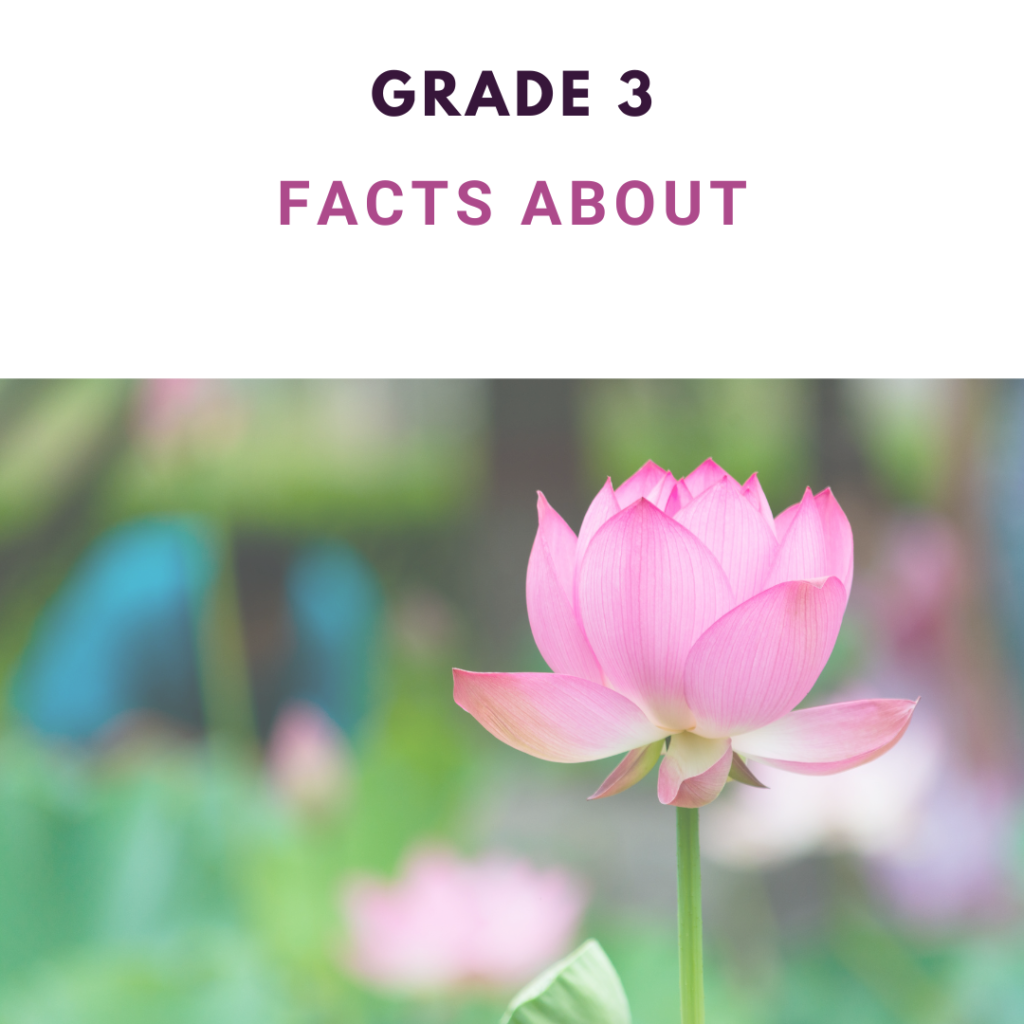
FACTS ABOUT Zoroaster
- Zoroaster was born in Persia some three thousand years ago.
- At the age of twenty, Zoroaster went to a secluded place in the mountains where He prayed and meditated, dedicating Himself to spiritual purification.
- Zoroaster was thirty years of age when He received God’s Revelation.
- The words and deeds of Zoroaster are recorded in a Holy Book called the Avesta, which means “knowledge”.
- King Vishtaspa accepted Zoroaster’s teachings and helped many others to see the truth of His Message.
- The character of the people of Persia was transformed by the teachings of Zoroaster, as was the whole of society.
- A central teaching of Zoroaster is summed up in the statement “Good thoughts, good words, good deeds”.
Facts Zoroaster
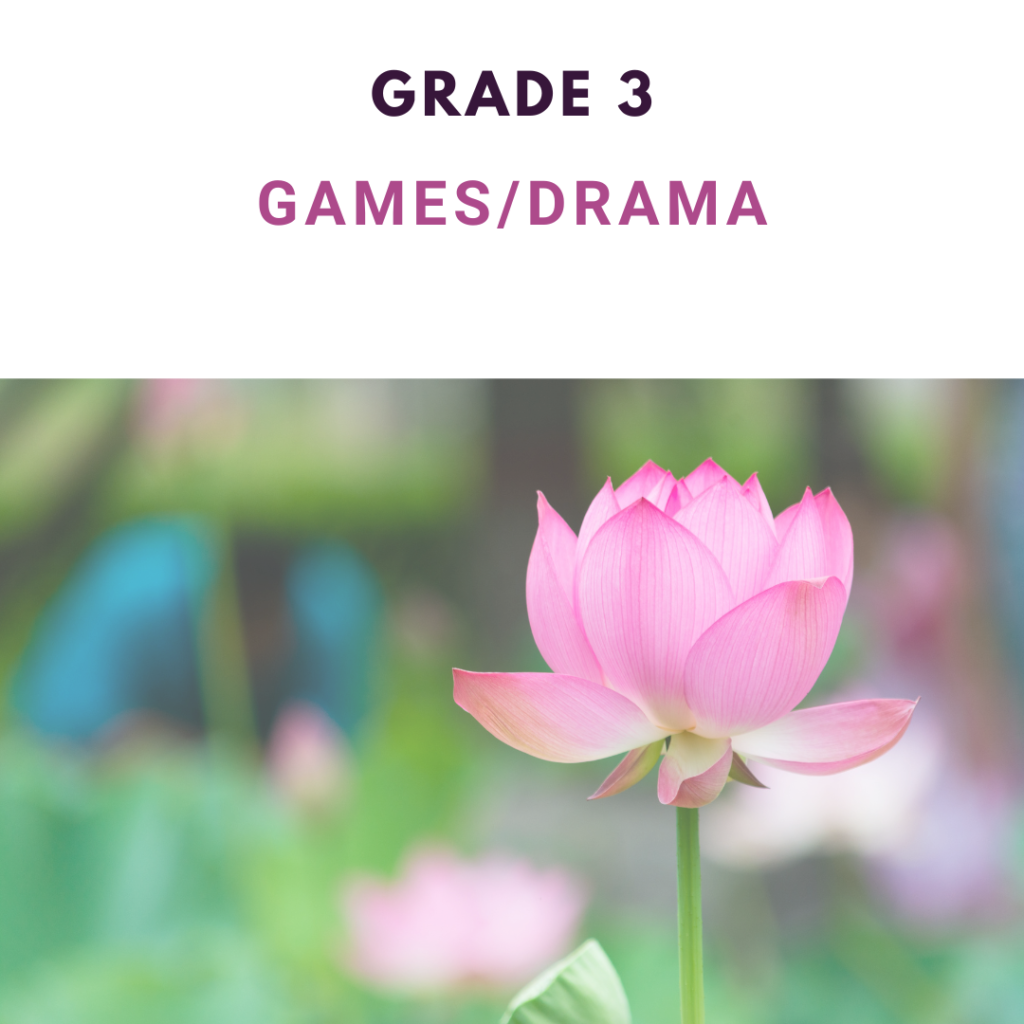
ACTING
Today we will act out the story of Zoroaster’s visit to the court of Vishtaspa, culminating in the king’s acceptance of Zoroaster’s Message.
- Need a Narrator: The part of the Manifestation Himself is never portrayed by a person.
- Vishtaspa,
- the scheming priests,
- and joyful courtiers.
- How do the courtiers express the joy in their hearts?
- How does Vishtaspa react to Zoroaster’s words?
- What expressions and gestures does he use to show his eagerness to hear more?
- How do the priests act when Zoroaster first arrives?
- How does their reaction change?
- What might they say to each other in plotting to have Him banished from the court?
Hula Hoop Pass
Have the group form a circle and hold hands. Ask two people to let go of their grip long enough for them to place their hands through a hula hoop before rejoining them.
The team task is to pass the hula hoop around the circle in a specified direction until it returns to the starting point.
Silly Willy
- Two lines stand facing each other and become teams.
- One player from each team, at the opposite end of the line, starts by bowing to each other and calling out “Silly Willy”
- The two players then walk toward and past each other without laughter or smiling, while the teams attempt to make the passer-by from the opposite team burst into laughter. (Specify beforehand that it all needs to be clean and appropriate)
- If a player cracks a smile, they join the line of their opponents.
5. The game ends when there is only one team left, or everyone is too laughed out to continue!
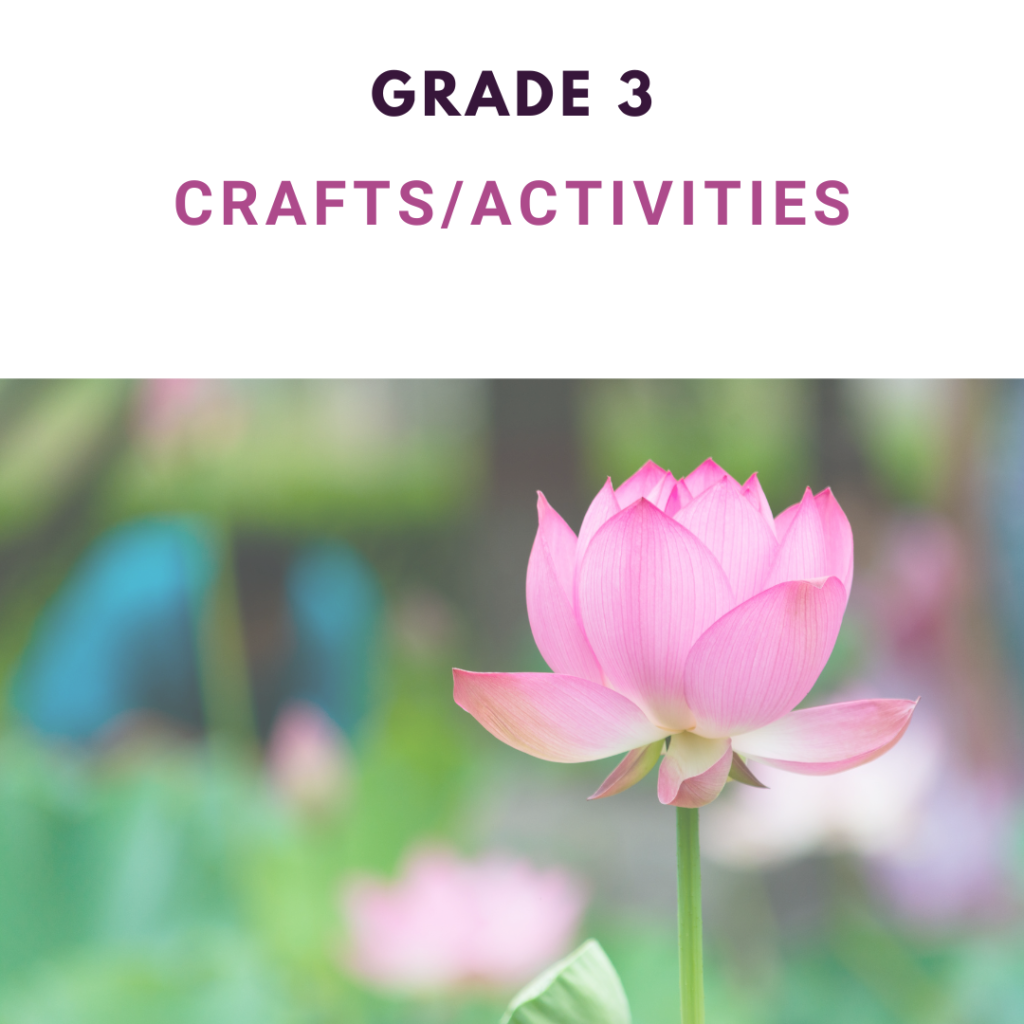
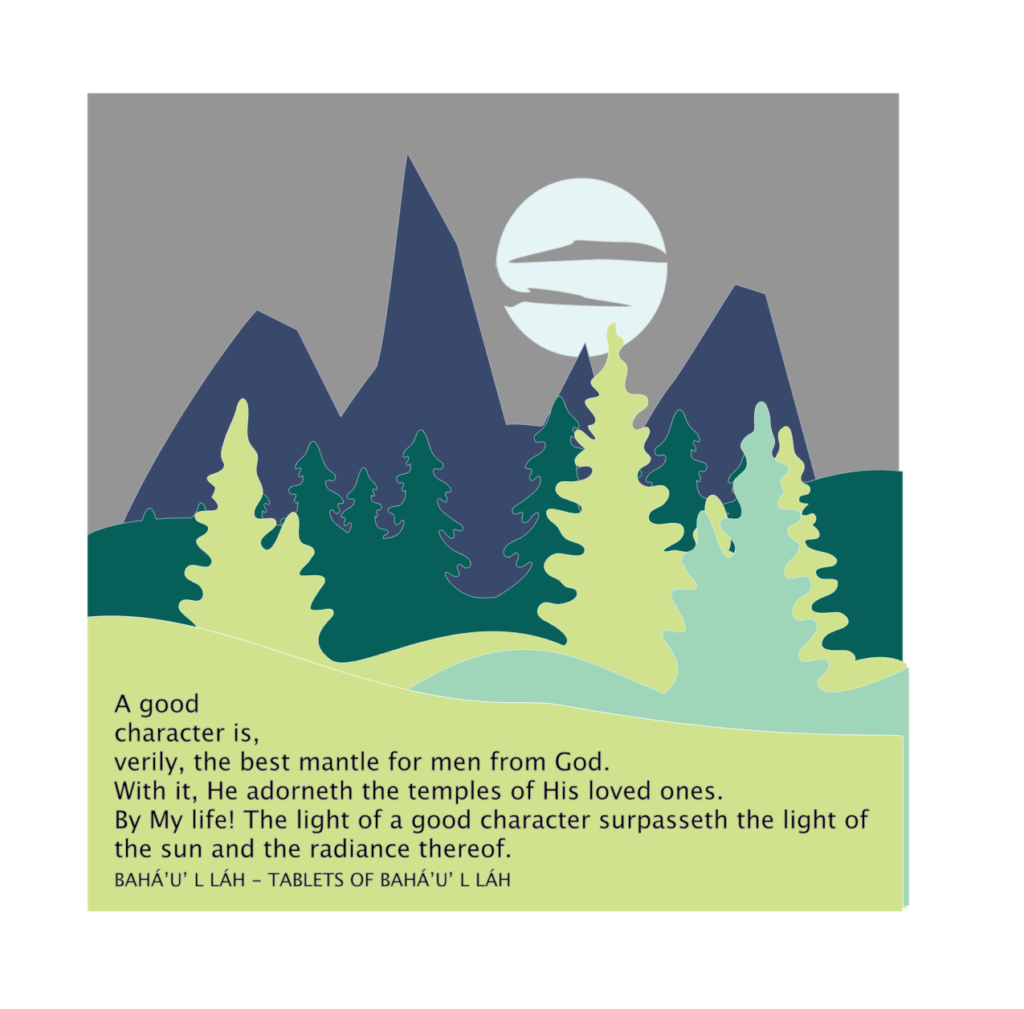
LAYERED PAPER: INSPIRED BY THE STORY OF ZOROASTER GOING TO THE MOUNTAINS
This is a layered paper scene of the mountain area where Zohrester went to pray and meditate to find the truth. The quote will be attached to this layered paper scene.
Instructions
- Download PDF, print, and cut
- layer using foam tape or cardboard pieces so that each layer is slightly raised
IMAGES TO DOWNLOAD, PRINT, AND LAYER HERE
based on Story 1
….it is said that His mother was visited by angels while she was carrying Him. Zoroastrian tradition tells us that, when Zoroaster was born, a new star appeared in the sky, and all the surroundings were illuminated as if encircled in a ring of fire.
Draw a picture of the angel, new star and ring of fire. You can also use an image to make a similar craft like the one below from a Bible class. Template here
My Google serach results from Angel Crafts
A quick search for Angel Crafts gave me these results
ACTIVITIES FROM THE AUSTRALIAN PEACE PACK
Puzzle for Zoroaster HERE
Craft for Zoroaster HERE
FROM BRILLIANT STAR MAGAZINE
based on transforming people’s character
Try making a never-ending card. the pictures can be all the same as the video below, or have them transform from something like a cocoon to a butterfly, etc.
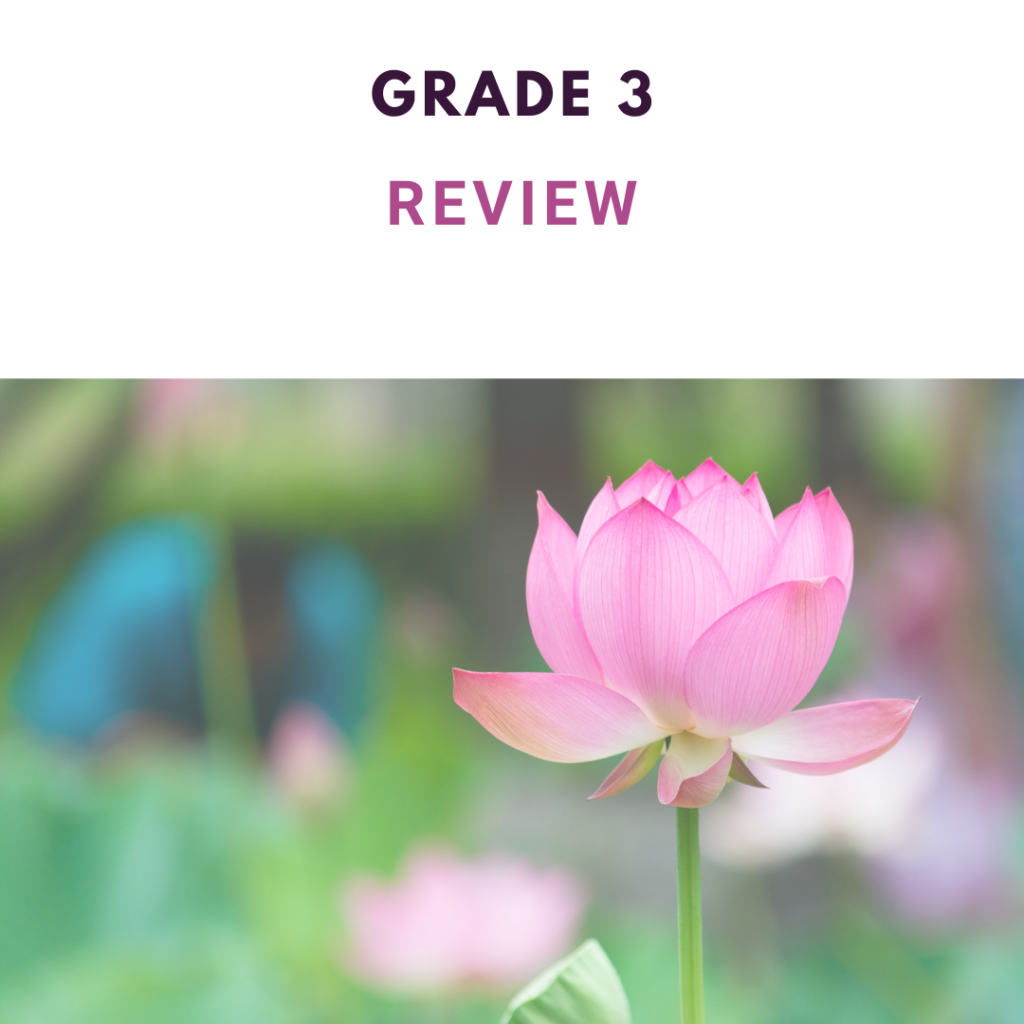
Waste not your time in idleness and sloth. Occupy yourselves with that which profiteth yourselves and others.
Bahá’u’lláh – From “Bishárát” [Glad-Tidings]
DOWNLOAD THE REVIEW QUOTE MEMORY AID HERE

Suggest a resource
No additional resource at this time. Please let us know if you found a great addition to this lesson!

